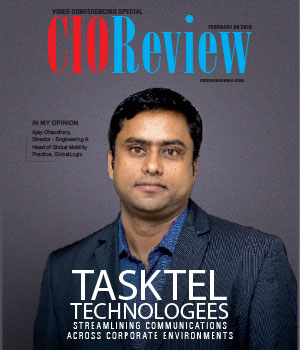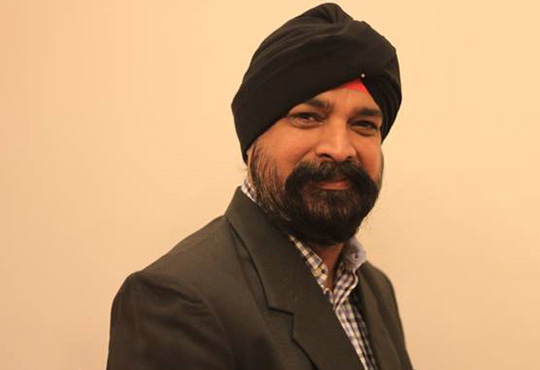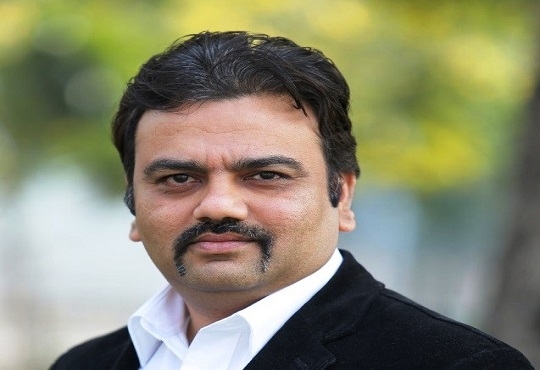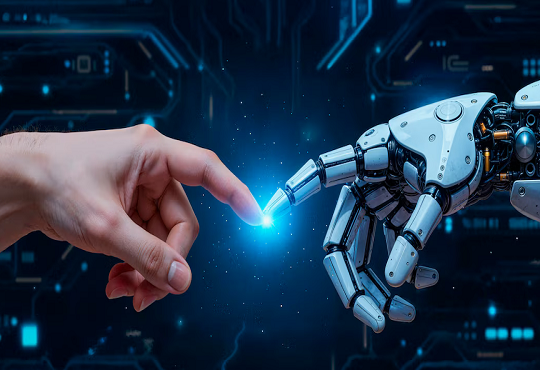
Third Neuralink patient communicates despite being non-verbal with ALS
CIOTech Outlook Team | Tuesday, 29 April 2025, 08:45 IST
 The third human to receive a Neuralink brain implant, Brad Smith is now able to communicate in his own voice, thanks to groundbreaking technology combining Artificial Intelligence and a Brain-Computer Interface (BCI). Diagnosed with non-verbal Amyotrophic Lateral Sclerosis (ALS), Smith shared his transformative journey in a video posted on X, highlighting how the Neuralink implant has restored his ability to interact with the world.
The third human to receive a Neuralink brain implant, Brad Smith is now able to communicate in his own voice, thanks to groundbreaking technology combining Artificial Intelligence and a Brain-Computer Interface (BCI). Diagnosed with non-verbal Amyotrophic Lateral Sclerosis (ALS), Smith shared his transformative journey in a video posted on X, highlighting how the Neuralink implant has restored his ability to interact with the world.
Neuralink, founded by Elon Musk, detailed in a January blog post that Smith, along with two others, Noland and Alex, received the “Telepathy” implant as part of the PRIME Study. “All three individuals are unable to move their arms and legs, Noland and Alex are affected by Spinal Cord Injury and Brad due to ALS,” the post noted. The study aims to demonstrate the implant’s safety and utility for people with paralysis.
The Neuralink implant, roughly the size of five stacked U.S. quarters, is placed in the motor cortex, the brain region controlling movement. “The implant is in my motor cortex, which is the part of my brain that controls body movement,” Smith said. A surgical robot inserts 1,024 electrode threads a few millimeters into the brain, avoiding blood vessels to minimize bleeding. The device connects via Bluetooth to a computer, which handles much of the processing, allowing Smith to control a MacBook Pro cursor using only his thoughts.
Before the implant, Smith relied on an eye-gaze control computer, which he humorously likened to being “Batman,” as it worked best in dark rooms. “Neuralink lets me go outside and ignore lighting changes,” he said, highlighting the implant’s ability to adapt to various environments.
The most significant advancement is the restoration of Smith’s voice, cloned using Artificial intelligence from pre-ALS recordings. A Neuralink-developed chat application, powered by Grok 3, listens to conversations and generates response options in his voice. “It uses Grok 3 and an AI clone of my old voice to generate options for me to say,” Smith explained. “It is not perfect, but it keeps me in the conversation, and it comes up with some great ideas. My friend asked me for ideas for his girlfriend who loves horses. I chose the option that told him in my voice to get her a bouquet of carrots. What a creative and funny idea.”
Smith described his experience as “fantastic,” noting that Neuralink has significantly improved his quality of life. He also expressed pride in contributing to a technology with the potential to help millions. As he continues to train the system and develop faster typing methods, Smith’s story underscores the profound impact of Neuralink’s technology in restoring communication and hope for those with severe disabilities.
CIO Viewpoint
National Technology Day 2025: Powering Progress...
By CIOTech Outlook Team
Aligning IT Roadmap with Business Objectives: A...
By Subhash singh Punjabi, CISO & Head Enterprise Architecture, Deepak Fertilisers & Petrochemicals Corporation Ltd
Empowering Women: Shaping the Future of Industry
By CIOTechOutlook Team
CXO Insights
AI Collaboration Platforms Reshape...
By Sameer Raje, GM and Head of Business – India & SAARC, Zoom
Enhancing Productivity and Collaboration for a...
By CIOReviewIndia Team
Conferencing Solutions Modernizing the Workplace


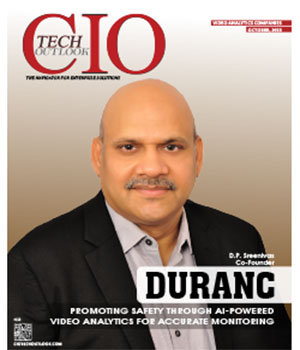
.jpg)
